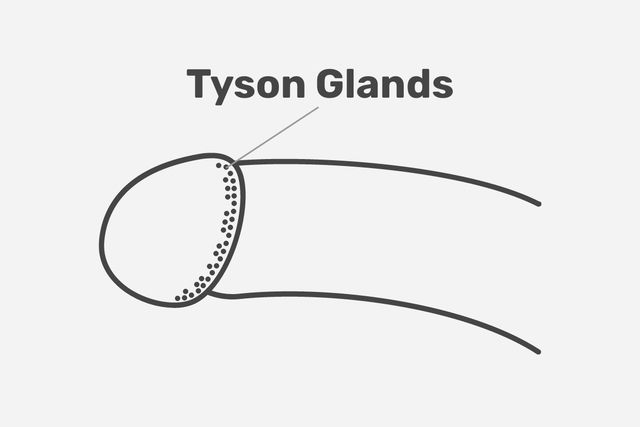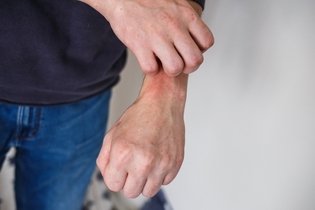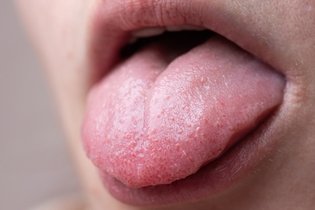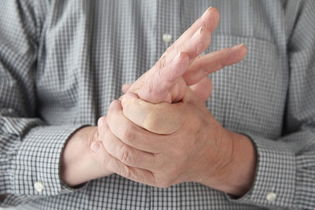Tyson glands are small bumps found around the head of the penis. They produce a lubricant fluid that helps reduce friction during sexual intercourse. They are also known as sebaceous glands or Fordyce spots.
While they are usually not obvious or seen, there are some situations where these glands become more visible, in which they look like small white bumps, spots or papules.
Tyson glands do not require treatment as they are normal and benign glands. However, if they cause any kind of discomfort or impede with self-esteem, you can see a doctor to discuss treatment options.

What causes Tyson glands to appear?
Tyson glands are glands that are present on the penis since birth, and there is no other cause related to their appearance. They can become more visible, however, during erection and sexual intercourse, as they are responsible for the production of lubricant fluid that reduces friction.
As mentioned, they are normal, and benign, and do not result in any signs or symptoms like itching or pain. However, some men may feel uncomfortable with their appearance, as they are little white papules that appear under the head of the penis. If you have visible papules and experience symptoms, it is important to see your doctor so that the cause can be identified, as that may not be Tyson glands.
Learn more about what can cause a bump or pimple on the penis and how to treat them.
Common symptoms
Because Tyson glands are considered to be a normal and benign structure, they do not lead to any signs of symptoms. However, they can cause some discomfort for men due to cosmetic reasons.
Tyson's glands are small white bumps that appear underneath the head of the penis. They do not typically itch or hurt, but if yo.u do experience symptoms around these bumps, you should seek medical assessment. Learn more about what can cause pimples on the penis and why they may appear.
Treatment options
In most cases, Tyson glands do not need any treatment, as they are benign and they do not cause health problems. However, in some men, they can cause a change in the way they see themselves, which can make sexual intercourse harder.
In these cases, the urologist may recommend:
- Cauterization: this technique consists of using an electric current to burn the glands and remove them. Usually, this procedure is done under local anesthetic.
- Small surgical procedure: the doctor applies a local anesthetic and then uses a scalpel to remove the glands. An experienced urologist can do this in the exam room;
Even though it would be easier to apply topical medication or lotion to remove Tyson glands, there are none available for this purpose. It is important to consider that removing the pearly penile papules can cause the skin of the penis to dry out, and it gets irritated and breaks easily. So, urologists usually avoid it and they do not recommend it.
Is there a home treatment?
There are various home treatments, such as acids and medication for warts and callouses. However, these are not safe, as they can cause serious irritation of the penis, and should be avoided. In any case, we advise that you check with a urologist before trying any home treatment.
Are pearly penile papules contagious?
Pearly penile papules that are caused by Tyson glands are not contagious and are not considered a sexually transmitted infection. Learn more about what pearly penile papules are, what causes them, and how they are treated.
A lot of times, these lesions can be confused with genital warts (which are caused by the HPV virus), therefore the only way to confirm diagnosis is to consult your doctor.
Female Tyson's gland
Tyson's glands are exclusively male glands found at the base of the glans penis, meaning that women do not have this type of gland. There is therefore no such thing as a female Tyson's gland.
If a woman has pimples, whiteheads or warts in her intimate area, she should consult her gynecologist, as there are health conditions that can cause these symptoms, such as HPV, for example. Learn how to identify HPV in women.








